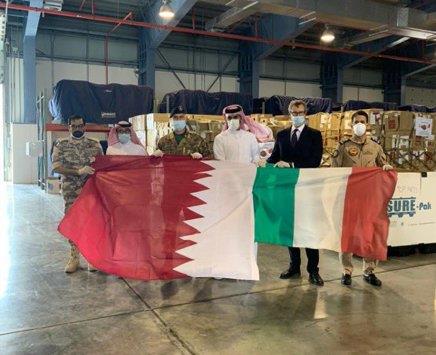The Qatari government’s initiation of financial support for Hamas in 2007 marked the beginning of a significant and somewhat contentious chapter in Middle Eastern geopolitics. During this period, Qatar largely operated its funding for Hamas without significant international oversight. This allowed the Qatari government to channel financial assistance to the Palestinian militant group without the transparency or accountability typically expected in the international arena.
As the years passed, this financing became increasingly coordinated with not only the Palestinian territories but also Israel, the United States, and the United Nations. However, despite these efforts at coordination and transparency, Qatar maintained independent financing channels within its borders, often sidestepping international regulations and scrutiny.
Qatar’s justification for its support of Hamas evolved over time. The government claimed that its aid was primarily directed toward the most impoverished families in the Gaza Strip. Additionally, it was used to extend the availability of electricity in the region. Qatar asserted that its financial assistance was carried out under Israeli supervision, emphasizing that it shared a list of recipients with Israeli authorities each month.
Nonetheless, despite these claims of careful oversight, it became evident that the Hamas government in Gaza effectively capitalized on the financial support it received. They did this by manipulating oversight mechanisms, including placing Hamas members on the list of those in need, and by exercising control over various economic activities within the Gaza Strip. This financial support undoubtedly bolstered Hamas’s influence in the region and allowed it to pursue its objectives more effectively.
Furthermore, Hamas didn’t solely rely on state financial aid from Qatar and Iran. Over the years, the organization has developed an international economic network, operating under false names and seemingly legitimate companies. This network takes advantage of the presence of Hamas in various countries to facilitate its financing efforts. The Qatar office of Hamas, which was established in 2012, is no exception and plays a role in managing these financing networks.
Iran has also played a significant role in supporting Hamas. Some individuals, like Muhammad Nasrallah, have been involved in transferring funds to Hamas, including its military arm. These connections have solidified Iran’s support for Hamas, a relationship bolstered by Iran’s good relations with Qatar.
Qatar’s relationship with Israel has been a complex one. Initially, Qatar was one of the few Gulf nations that publicly expressed support for Hamas, particularly during times of conflict. However, their stance changed when Qatar openly supported Hamas following its coup against the Palestinian Authority in Gaza. The then-Emir of Qatar pledged substantial financial aid to Hamas during this period, though the exact amounts and transfer methods remained somewhat secretive.
Operation Protective Edge in 2014 represented a turning point in Qatari funding for the Gaza Strip. The United States, the United Nations, Qatar, and Israel collaborated on a new aid mechanism, directing $30 million per month to Gaza. This funding was allocated for various purposes, including purchasing fuel from Israel for the operation of the power plant, financing government employee salaries, and providing aid to needy families. The underlying idea within Israel was that by increasing economic assets in Gaza, Hamas might become less motivated to pursue its destructive ideology, which calls for the destruction of Israel.









